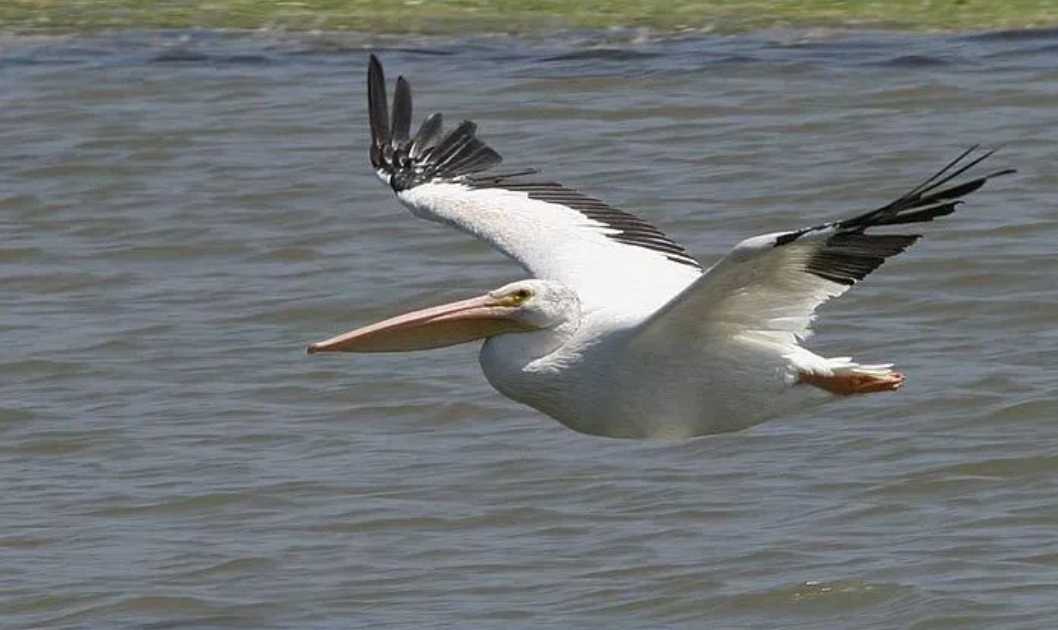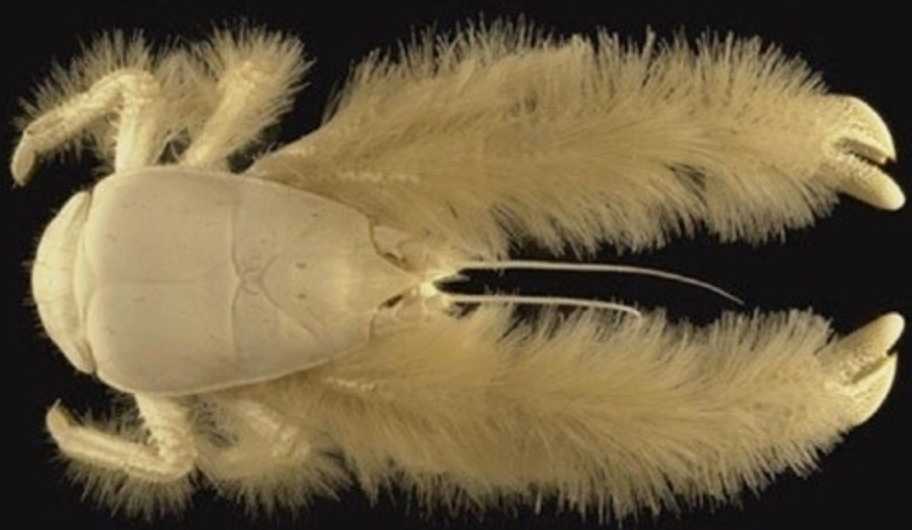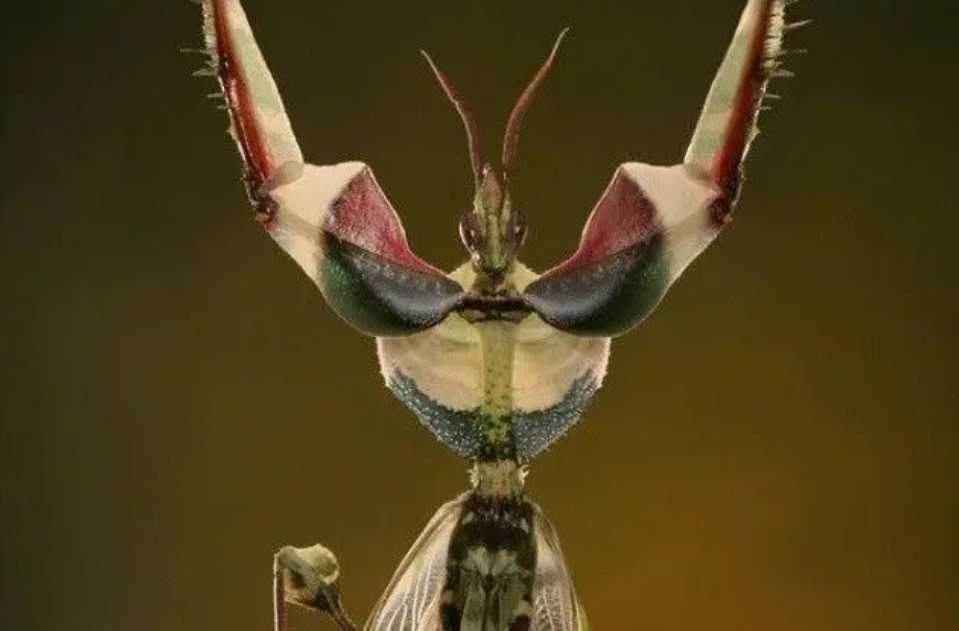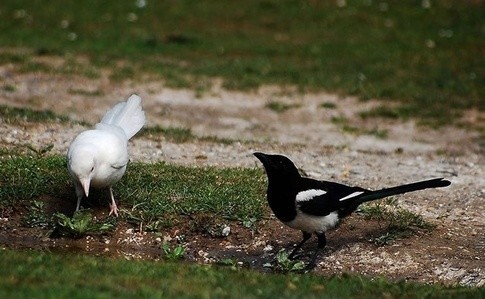Pelecanus erythrorhynchos: The Majestic American White Pelican of North America
The American white pelican (Pelecanus erythrorhynchos) stands as one of North America’s most iconic large waterbirds, celebrated for its striking appearance and impressive aerial prowess. With its snowy plumage and imposing size, this species is a familiar sight in the continent’s freshwater lakes, rivers, and coastal estuaries, where it plays a vital role in aquatic ecosystems.

Source: Images from the Internet, if there is any infringement, please contact the removal of
Reaching up to 1.5 meters in length and boasting a wingspan of nearly 3 meters, the American white pelican is a study in avian grandeur. Its body is entirely covered in brilliant white feathers, with black primary flight feathers visible only when its wings are outstretched—a striking contrast against the white plumage. During the breeding season, adults develop a distinctive horn-like structure on the upper bill, which is shed after mating. The bird’s most iconic feature is its large, pouch-like bill, measuring up to 45 centimeters in length, which serves as a versatile tool for catching fish, its primary food source.
Inhabiting shallow freshwater bodies such as lakes, reservoirs, and river deltas, American white pelicans are highly social birds, often seen in large flocks. They employ a cooperative feeding strategy, swimming in synchronized groups to herd fish into shallow waters, where they dip their bills to scoop up prey. This method allows them to capture substantial quantities of fish, including carp, herring, and minnows, using the expandable pouch under the bill to drain water before swallowing. Outside of the breeding season, they may migrate to coastal areas, particularly along the Gulf of Mexico and the Pacific Coast, in search of abundant food sources.
While the American white pelican was once threatened by habitat loss, pesticide use (notably DDT), and human disturbance, conservation efforts since the late 20th century have helped restore its population. Today, it is listed as a species of least concern, though challenges such as wetland drainage, pollution, and collisions with power lines persist. Protected under the Migratory Bird Treaty Act, the species relies on large, undisturbed bodies of water for nesting and feeding. Efforts to preserve and restore wetlands, along with public education about coexisting with these birds, are crucial to ensuring their continued success. As a symbol of North America’s aquatic health, the American white pelican reminds us of the importance of safeguarding the continent’s freshwater and coastal ecosystems for future generations
-------- END --------






